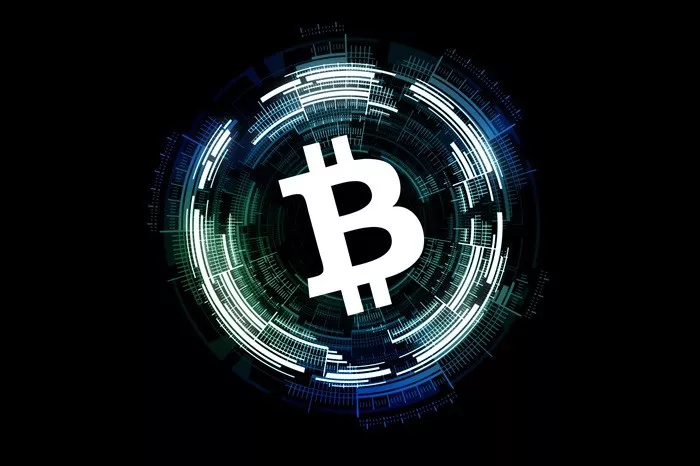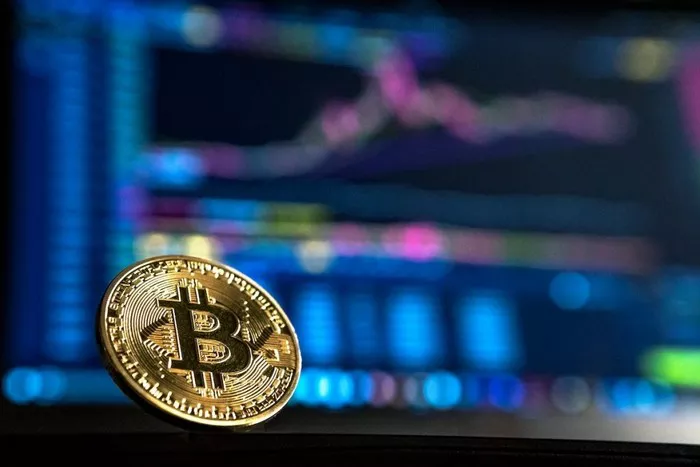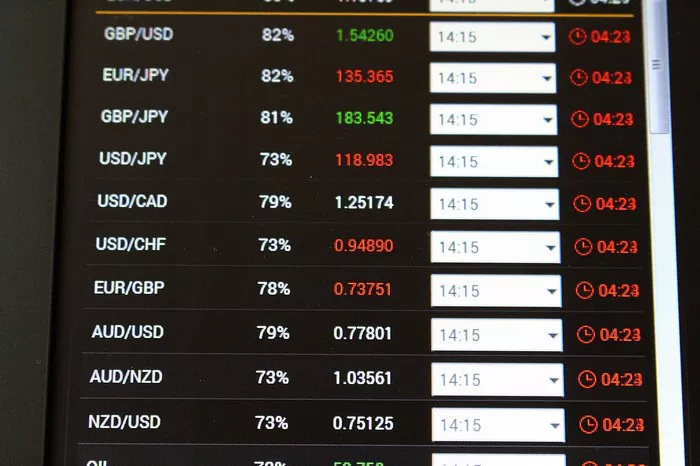Bitcoin halving is a highly anticipated event in the cryptocurrency world. It impacts not only the Bitcoin network but also the broader financial markets. Understanding the timing and implications of Bitcoin halvings is essential for investors, traders, and anyone interested in cryptocurrencies. In this article, we will explore what Bitcoin halving is, why it happens, and when the last Bitcoin halving is expected to occur.
What Is Bitcoin Halving?
Overview of Bitcoin Halving
Bitcoin halving refers to the event where the reward for mining new blocks is reduced by half. This occurs approximately every four years or after every 210,000 blocks are mined. Halvings are a key component of Bitcoin’s monetary policy, designed to ensure that the supply of Bitcoin remains finite and predictable.
Why Bitcoin Halving Occurs
Bitcoin halving is built into the protocol by its creator, Satoshi Nakamoto. The halving process serves two main purposes:
Control Inflation: By reducing the rate at which new Bitcoin is created, the halving limits the supply, which helps control inflation.
Supply Cap: Bitcoin has a maximum supply of 21 million coins. The halving mechanism ensures that Bitcoin will continue to be mined over time but at a progressively slower rate until the maximum supply is reached.
How Bitcoin Halving Works
Mining and Block Rewards
Bitcoin mining involves solving complex mathematical puzzles to validate transactions and add them to the blockchain. Miners are rewarded with newly minted Bitcoin for their efforts. Initially, when Bitcoin was launched in 2009, miners received 50 BTC per block.
Block Reward Reductions
After the first halving in 2012, the reward was reduced to 25 BTC per block. The reward is halved every 210,000 blocks, meaning the number of new Bitcoins entering circulation slows down over time. Subsequent halvings reduced the block reward to 12.5 BTC in 2016 and then to 6.25 BTC in 2020.
The Halving Cycle
The Bitcoin halving cycle is designed to occur approximately every four years. However, because the exact time it takes to mine a block can vary, the timing of the halving can shift slightly.
The History of Bitcoin Halvings
The First Bitcoin Halving (2012)
- Date: November 28, 2012
- Block Number: 210,000
- Reward Change: 50 BTC to 25 BTC
The first Bitcoin halving took place in 2012. Before the halving, miners received 50 BTC for each block mined. After the event, this reward was cut in half to 25 BTC. The halving coincided with increased interest in Bitcoin, and in the following year, Bitcoin’s price surged, reaching over $1,000 for the first time.
The Second Bitcoin Halving (2016)
- Date: July 9, 2016
- Block Number: 420,000
- Reward Change: 25 BTC to 12.5 BTC
The second halving occurred in 2016, reducing the block reward from 25 BTC to 12.5 BTC. This event was followed by a significant bull market in 2017, where Bitcoin’s price skyrocketed to nearly $20,000 before experiencing a major correction.
The Third Bitcoin Halving (2020)
- Date: May 11, 2020
- Block Number: 630,000
- Reward Change: 12.5 BTC to 6.25 BTC
The most recent halving took place in May 2020, cutting the block reward to 6.25 BTC. Following the 2020 halving, Bitcoin experienced a historic bull run, reaching an all-time high of over $60,000 in 2021.
The Next Bitcoin Halving
When Is the Next Bitcoin Halving?
The next Bitcoin halving is expected to occur in April or May of 2024. The exact date depends on the speed at which blocks are mined, but it will occur once block 840,000 is reached. After this halving, the block reward will be reduced from 6.25 BTC to 3.125 BTC.
Why the Next Halving Matters
Supply Reduction: With the reward reduced to 3.125 BTC, fewer new Bitcoins will enter the market, reducing the overall supply.
Potential Price Impact: Historically, Bitcoin halvings have been followed by significant price increases. This is due to the reduced supply and increased demand.
Mining Profitability: The halving impacts miners directly by cutting their rewards. Some miners may find it less profitable to continue, leading to changes in the network’s mining landscape.
When Is the Last Bitcoin Halving?
The Finite Supply of Bitcoin
One of Bitcoin’s unique features is its finite supply of 21 million coins. Once this cap is reached, no new Bitcoin will be created. The halving mechanism ensures that new Bitcoin is introduced into circulation at a decreasing rate, slowing down until the last Bitcoin is mined.
Estimating the Last Bitcoin Halving
The final Bitcoin halving is expected to occur around the year 2140. By this time, nearly all of the 21 million Bitcoins will have been mined, with only a small fraction left to be released. As the block reward decreases with each halving, the rate at which new Bitcoin is mined will slow to a crawl. Eventually, the block reward will become negligible, and miners will rely on transaction fees for their income.
Post-2140: No More New Bitcoins
After 2140, Bitcoin mining will continue, but no new Bitcoins will be created. Instead, miners will be compensated with transaction fees from users who send Bitcoin transactions. This shift is expected to maintain the security and functionality of the Bitcoin network.
See Also: What is Short-Term Trading in Cryptocurrency?
The Implications of the Last Bitcoin Halving
Scarcity and Value
As the supply of new Bitcoin diminishes over time, the existing supply becomes more scarce. Scarcity is one of the key factors that drive Bitcoin’s value. As more investors and institutions adopt Bitcoin, the demand for the limited supply could lead to further price increases.
Mining Incentives
Once the block reward reaches zero, miners will need to rely entirely on transaction fees. This could potentially impact the profitability of mining, especially for smaller operations. Large-scale miners with access to cheap energy may continue to dominate the network, while smaller miners may exit the market.
Transaction Fees
Transaction fees are likely to play a more prominent role in the Bitcoin ecosystem after the last halving. As the block reward diminishes, miners will prioritize transactions with higher fees. This could result in an increase in transaction costs for users.
Long-Term Sustainability
The long-term sustainability of Bitcoin hinges on the balance between transaction fees and mining incentives. While some critics argue that Bitcoin’s security model may be at risk without block rewards, others believe that the growth of the network and adoption of layer-2 solutions like the Lightning Network will ensure continued security and efficiency.
How to Prepare for Future Bitcoin Halvings
Monitor Market Trends
Each Bitcoin halving has historically led to a surge in Bitcoin’s price. Investors should stay informed about market trends leading up to the next halving in 2024. By understanding the market dynamics, you can make informed decisions about buying, selling, or holding Bitcoin.
Diversify Your Portfolio
While Bitcoin remains a popular investment, it is essential to diversify your portfolio to reduce risk. Consider allocating a portion of your investment to other cryptocurrencies, stocks, or traditional assets like bonds.
Plan for Volatility
Bitcoin is known for its price volatility, especially around halving events. Be prepared for significant price fluctuations and avoid making impulsive decisions based on short-term market movements.
Understand the Risks
While Bitcoin halvings have historically been followed by price increases, past performance does not guarantee future results. Investing in Bitcoin carries inherent risks, including regulatory changes, technological developments, and market sentiment.
Conclusion
Bitcoin halving is a critical event in the cryptocurrency world, impacting both the supply of new Bitcoin and the broader market. The next halving, expected in 2024, will reduce the block reward to 3.125 BTC, further limiting the supply of new Bitcoin. As we move toward the final halving in 2140, Bitcoin’s scarcity will become more pronounced, potentially driving up its value.
For investors and traders, understanding the timing and implications of Bitcoin halvings is essential for making informed decisions. By staying informed and preparing for market volatility, you can take advantage of the opportunities that Bitcoin halvings present.
Whether you are new to Bitcoin or a seasoned investor, the halving cycle is a crucial aspect of the cryptocurrency’s long-term growth and sustainability. Keep an eye on the next halving in 2024 and consider how it fits into your investment strategy.
Related topics:



























